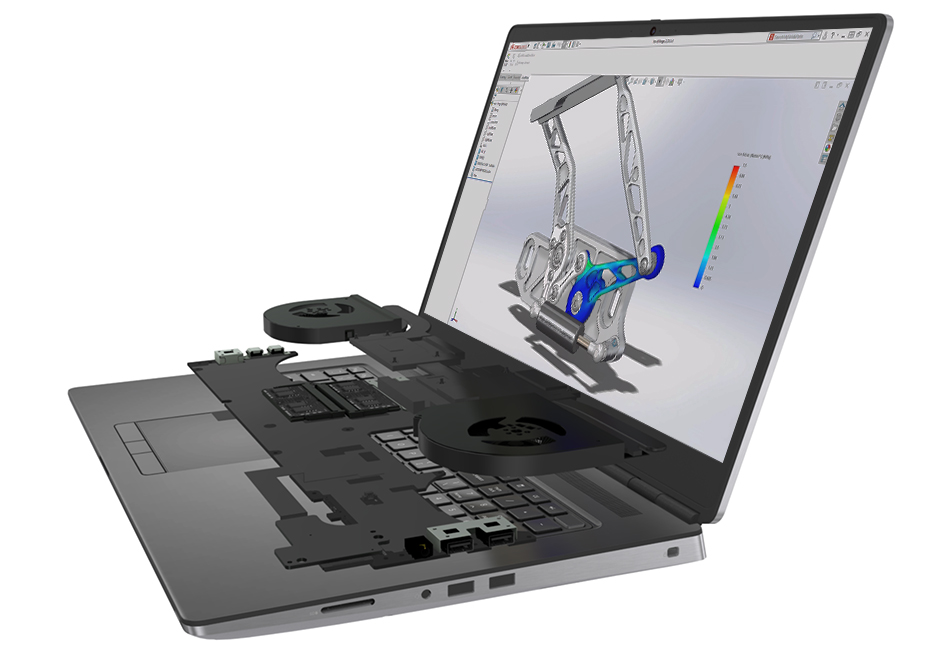

It needs to be otherwise identical or it won’t work. Rename this key with the same name as the Renderer key, leaving off the “OpenGL Engine” portion of the string. Next, go to: HKEY_CURRENT_USER\Software\SolidWorks\SolidWorks 20xx\Performance\Graphics\Hardware\Gl2Shaders\Other, and create a new key. (It should say something like “Parallels using AMD Radeon HD - Firepro DXXX OpenGL Engine) You’ll need to duplicate this string later. Also note the name of the data string for the “Renderer” key very carefully.

In Regedit, go to: HKEY_CURRENT_USER\Software\SolidWorks\SolidWorks 20xx\Performance\Graphics\Hardware\Current, double click on the “Workarounds” key and change the value from 10 to 4000480.

If you’re squeamish, export a backup of your registry file before you do anything else. In the “Search the web and Windows” field in the lower left, type “regedit” and hit return. Parallels is pulling some pretty impressive benchmarks these days, and on a 6-core MacPro you can throw 3 cores at Windows with a good chunk of RAM and hardly feel the impact in OS X.īut you’ll find out quickly that SolidWorks disables hardware GL and RealView unmercifully and the workarounds to get these running are not well documented.įollow these instructions and you should find yourself up and running with both hardware GL and RealView in a matter of minutes on your new MacTube.
#Solidworks for mac windows 10#
So you got yourself a shiny new MacPro and you decided, hey, with all this computing power, shouldn’t I be able to run SolidWorks on Windows 10 in a virtualized environment instead of having to reboot into Bootcamp all the time? Not only should you, but you mostly definitely can.


 0 kommentar(er)
0 kommentar(er)
